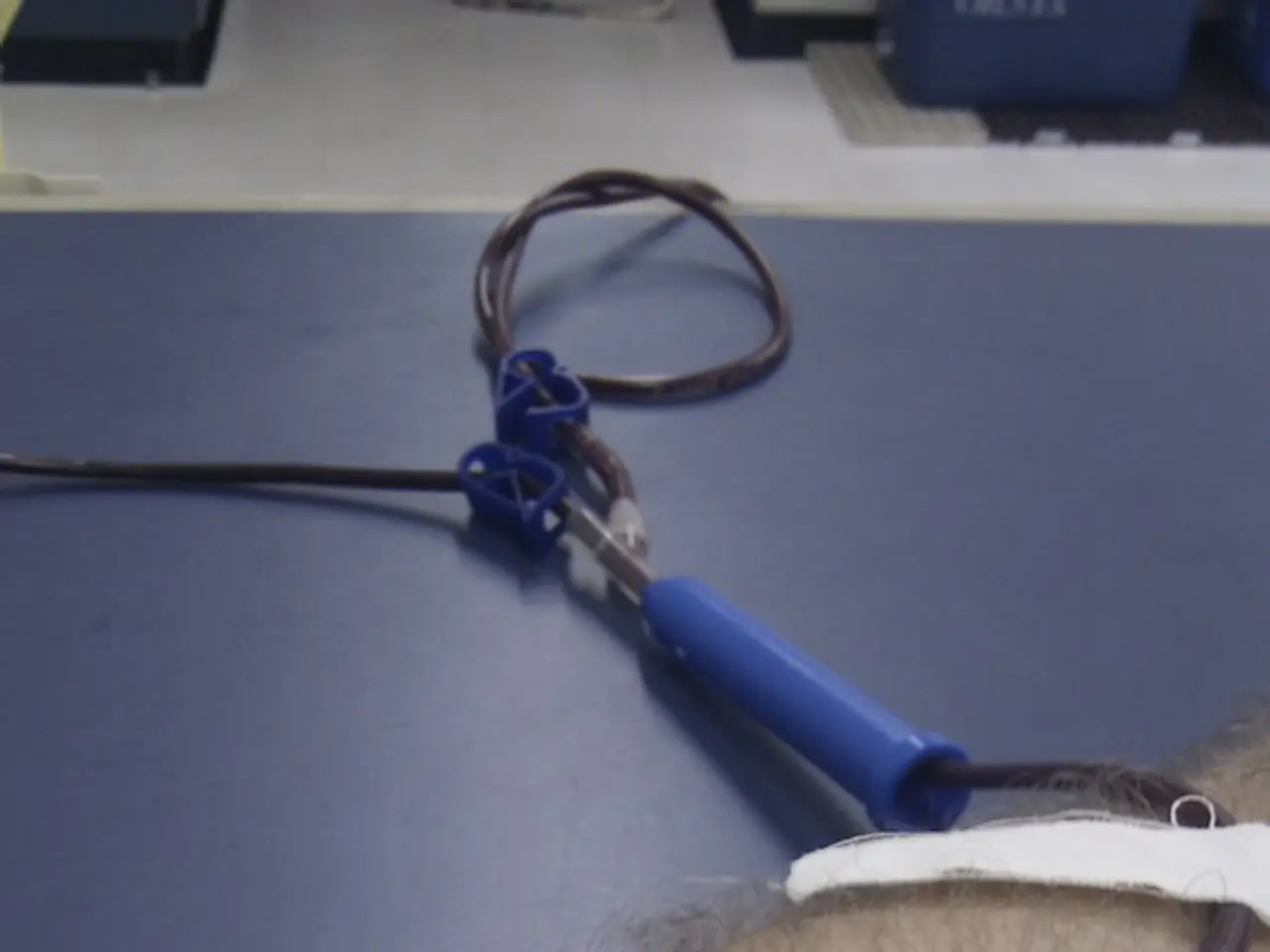Frequently Encountered Hearing Evaluations
In the realm of audiology, advanced hearing tests play a crucial role in evaluating and diagnosing various hearing issues. These specialized assessments offer a comprehensive understanding of auditory function, helping to distinguish between different types of hearing loss.
One such test is Otoacoustic Emissions (OAE) testing, an objective measure of inner ear function. This test assesses the hair cells of the cochlea in response to auditory stimuli, providing valuable insights into the cochlear function. OAE testing is particularly valuable for newborn screening, as it offers critical early detection of hearing issues.
Another key test is Auditory Brainstem Response (ABR) or Brain Evoked Response Audiometry (BERA). This electrophysiological test records brain electrical activity triggered by sound stimuli, evaluating the auditory nerve and brainstem pathways. ABR testing is especially suitable for infants and children who cannot reliably participate in conventional hearing tests, making it an essential tool for diagnosing auditory nerve issues and central auditory processing disorders.
Vestibular testing, on the other hand, is essential for evaluating balance. It plays a significant role in maintaining equilibrium, and issues linked to inner ear function can lead to balance problems. Common vestibular tests include videonystagmography (VNG) and posturography.
Pure Tone Audiometry (PTA) is a fundamental diagnostic tool that measures hearing sensitivity across a range of frequencies, plotting an audiogram detailing the degree and configuration of hearing loss. Speech audiometry tests the ability to recognize speech, especially in various noise environments, providing insights into real-world communication ability and auditory processing.
Tympanometry, which assesses middle ear function by measuring eardrum mobility, is another crucial test. It assists in diagnosing middle ear pathology impacting hearing.
Together, these advanced tests provide a comprehensive picture of hearing function from the ear’s mechanical and neural structures through to the processing of complex sounds such as speech. They help differentiate types of hearing loss (conductive, sensorineural, mixed) and guide appropriate intervention.
Auditory brainstem response testing is another objective assessment that measures the electrical activity in the auditory pathways from the ear to the brain. This test is valuable for infants, uncooperative patients, and for detecting retrocochlear pathology (issues beyond the cochlea). If the emissions are absent or reduced during an OAE test, further testing may be warranted to investigate potential hearing loss.
Comprehensive understanding and regular assessments are pivotal for maintaining hearing wellness and addressing any concerns that may arise. Ongoing advancements in hearing testing methods and technology promise a brighter future for auditory health.
The Auditory Brainstem Response (ABR) test, being an electrophysiological assessment, records brain electrical activity triggered by sound stimuli and is crucial for evaluating the auditory nerve and brainstem pathways, making it an essential tool for infants who cannot participate in conventional hearing tests and for diagnosing auditory nerve issues and central auditory processing disorders.
In the realm of medical-conditions related to health-and-wellness, regular assessments and advancements in technology are pivotal for early detection and effective management of various hearing issues, enhancing one's hearing wellness.




